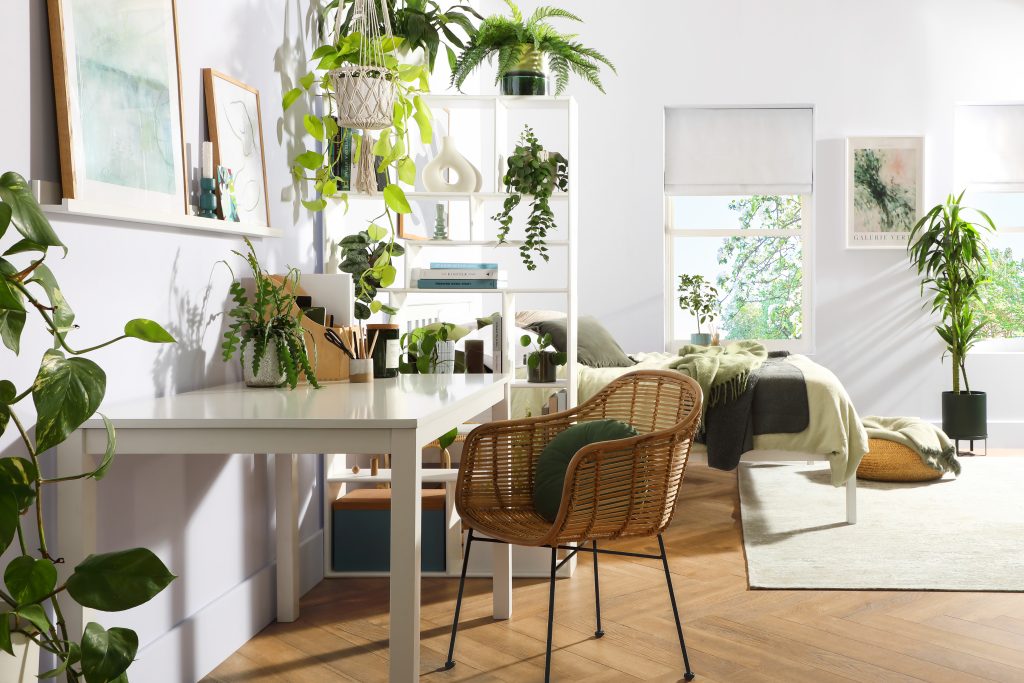
Not just another passing fad or kitschy buzzword; biophilic design is radically changing the way we interact with our urban spaces.
According to respected biologist Edward O. Osborne, humans have an innate attraction to nature; a biological need to connect with the natural world. But our cities and suburbs are often as far-removed from nature as it is possible to be and as a result they could be affecting our well-being.
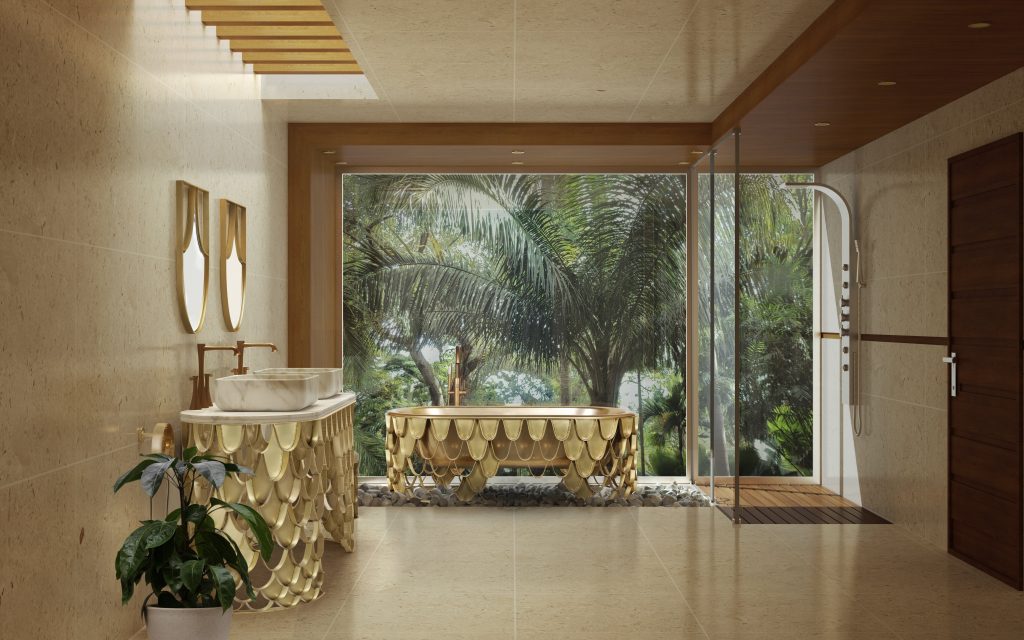
Biophilic design seeks to undo some of this disconnect. By incorporating nature into the places we work, live and learn we build happier and healthier homes and offices.
The average person spends nearly 90% of their time indoors, both at home and work. Put simply, biophilic design is concerned with finding ways to reconnect people with the natural world by incorporating elements of nature into their homes and offices.
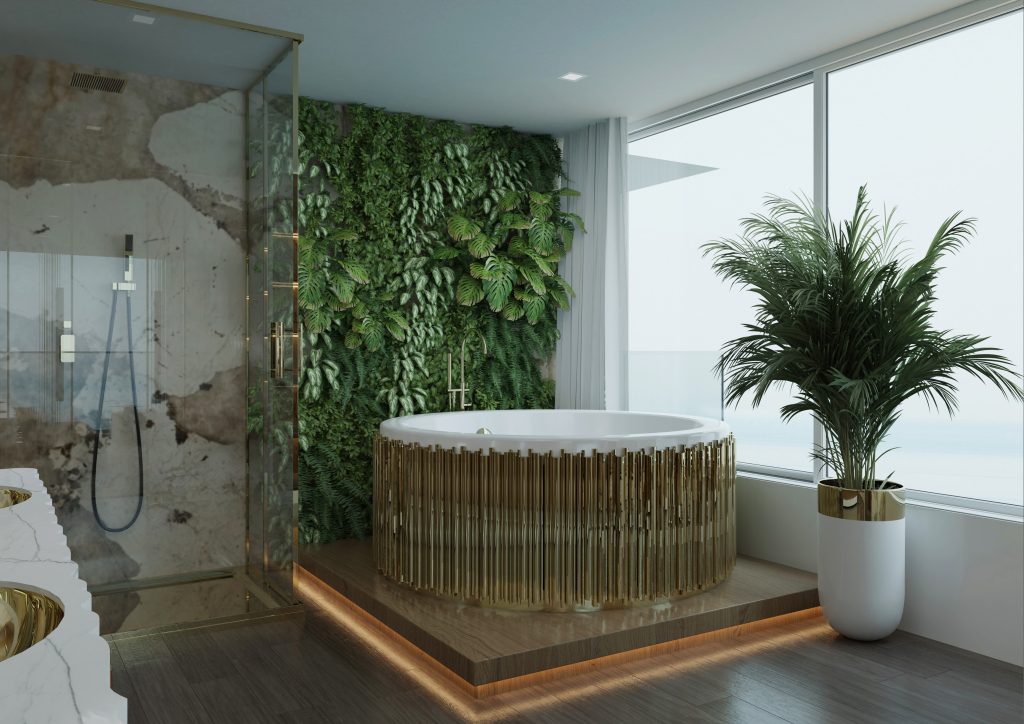
In fact, incorporating natural elements into the built environment may be so beneficial as to reduce stress and improve blood pressure levels. It can also make people more productive and creative.
Biophilic design is changing the way we interact with our urban spaces by seeking to create a deeper connection with nature in our homes and work places. It’s not a new concept, but it does seem to have become more important than ever in our increasingly digital world.
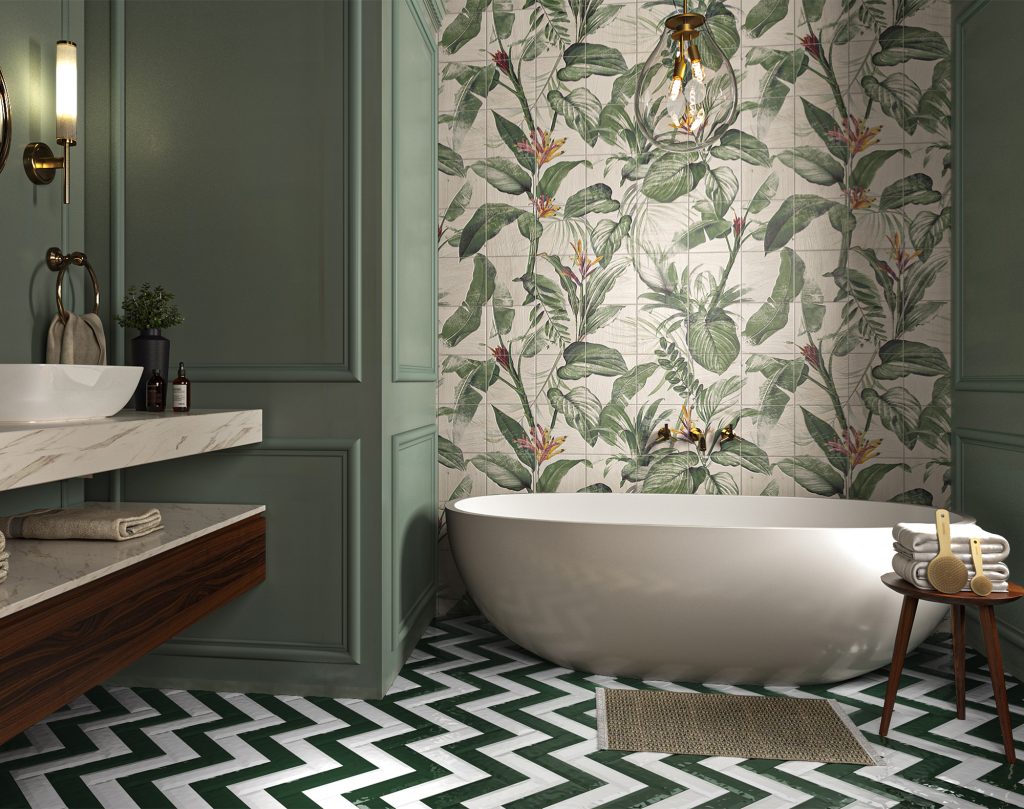
Biophilic design means allowing natural light into indoor spaces, ensuring we have views of nature from our windows and incorporates natural materials into a building. All of these things help those of us who spend most of our time inside to connect to the natural world. When we surround ourselves with greenery, natural objects or even just photographs of beautiful landscapes, we feel good.
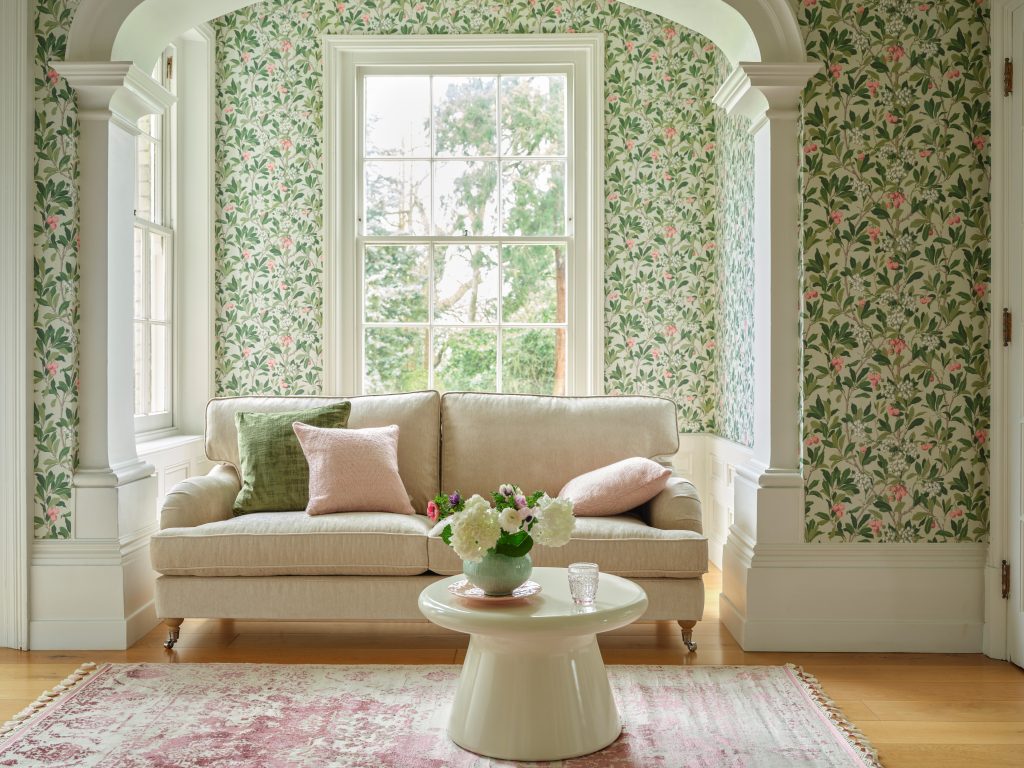
A sort of earthen luxury will also emerge out of biophilic design. The focus will be on beautifully imperfect organic materials such as wood and wool, while warm earth tones such as sand, taupe, mocha and moss will be favoured. Botanical prints in wallpaper, textiles and art will be even more prevalent than they are now.
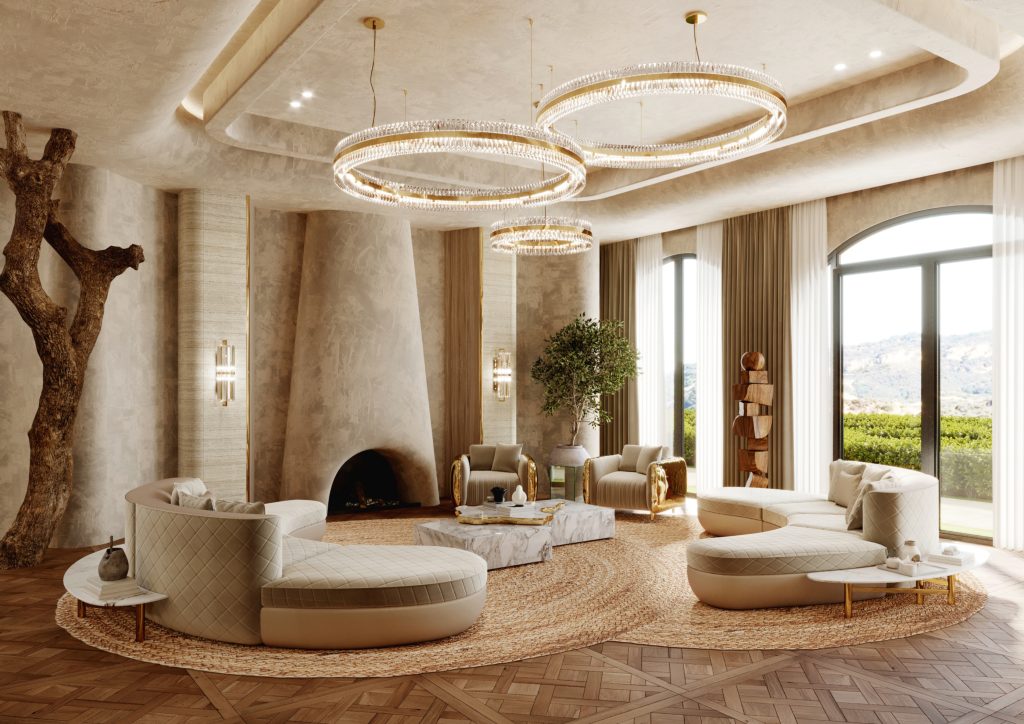
Next week I will look at how you can incorporate biophilic design into your home.
Images: Press Loft



